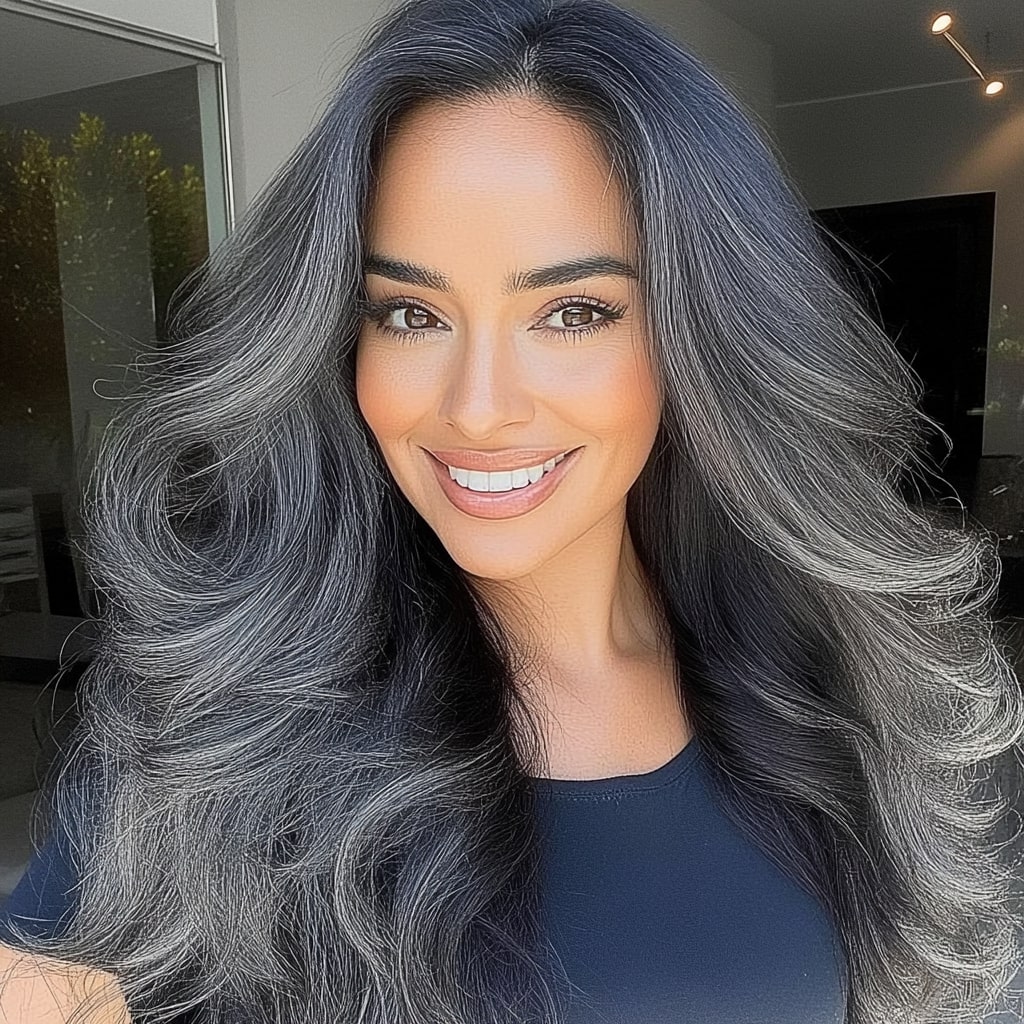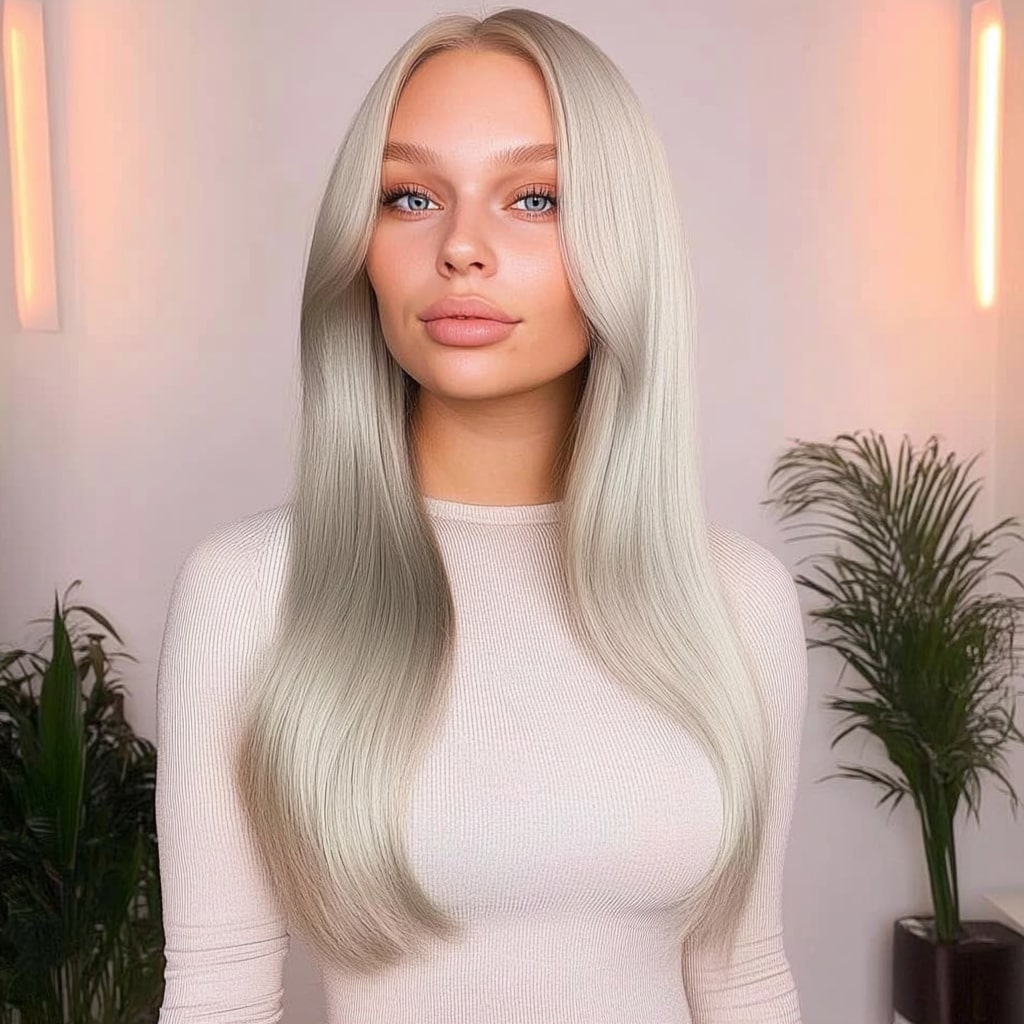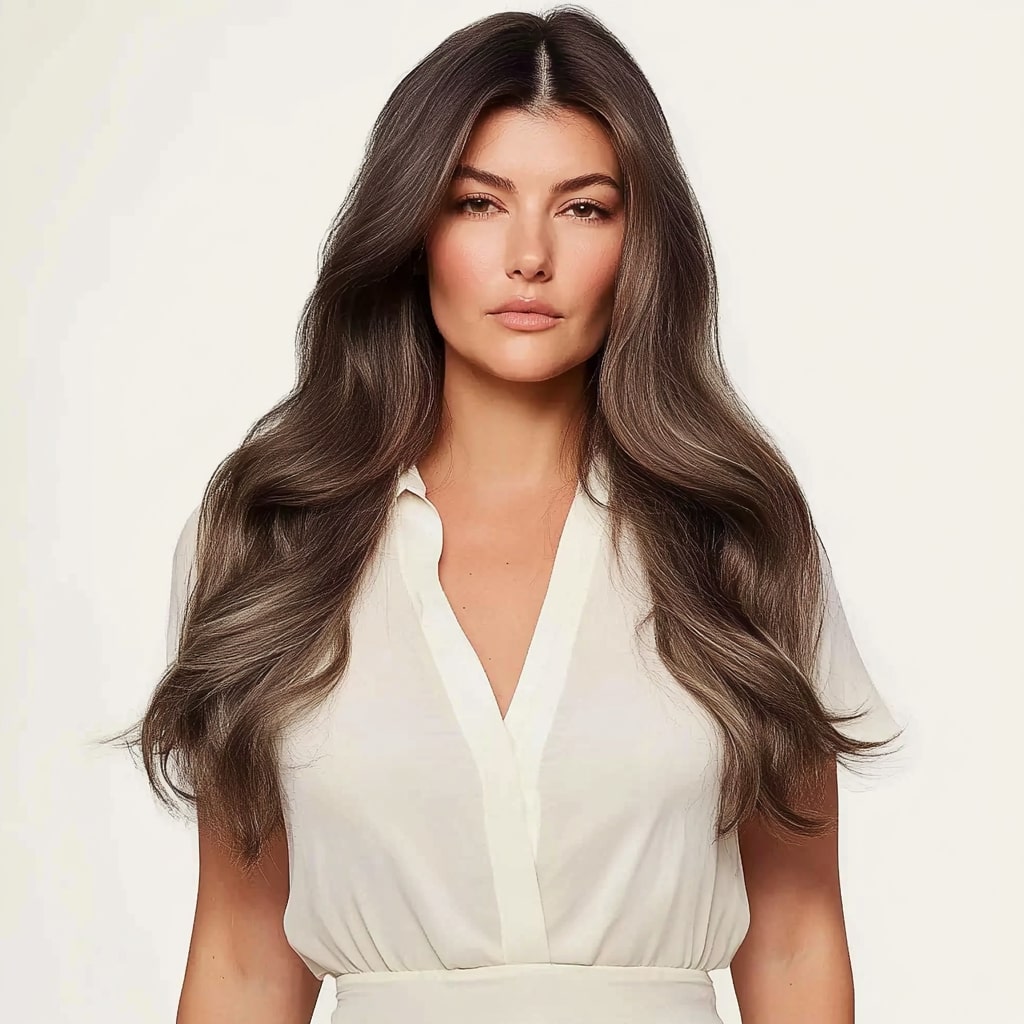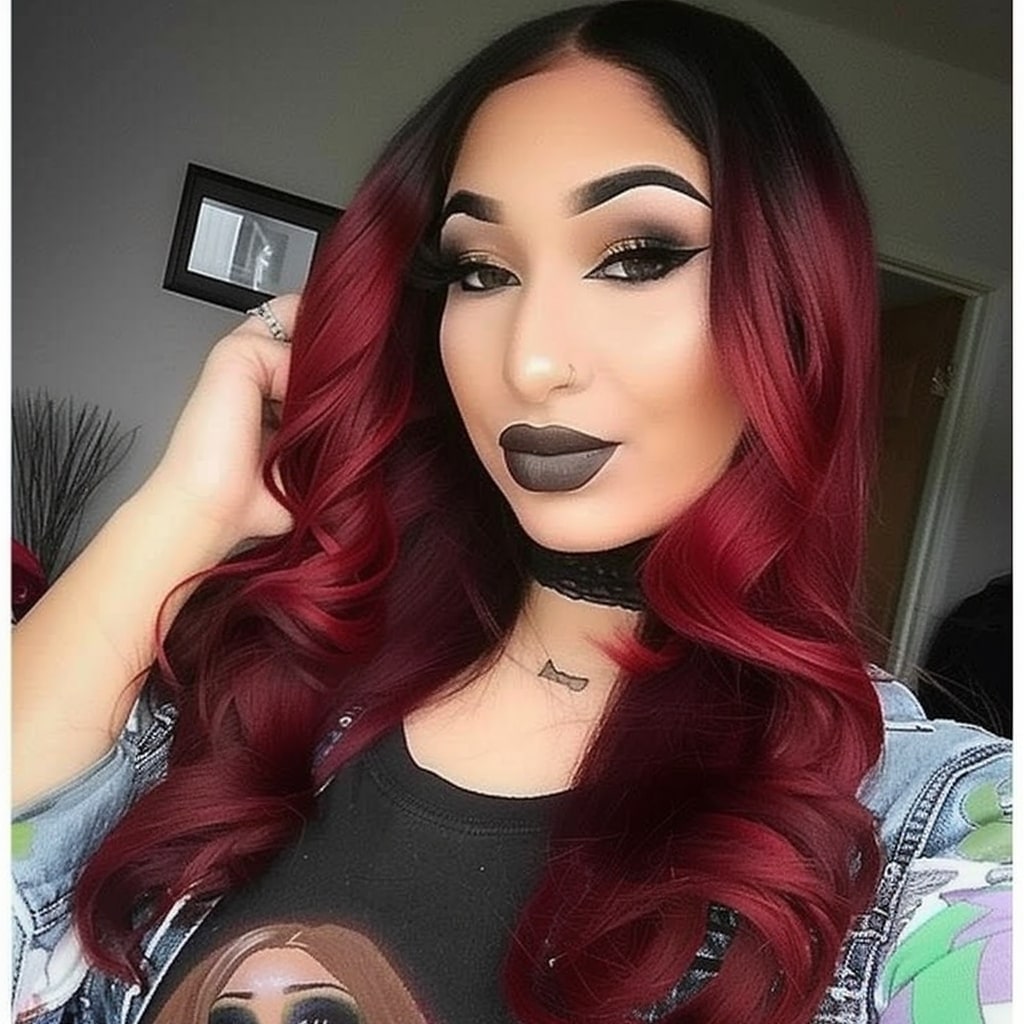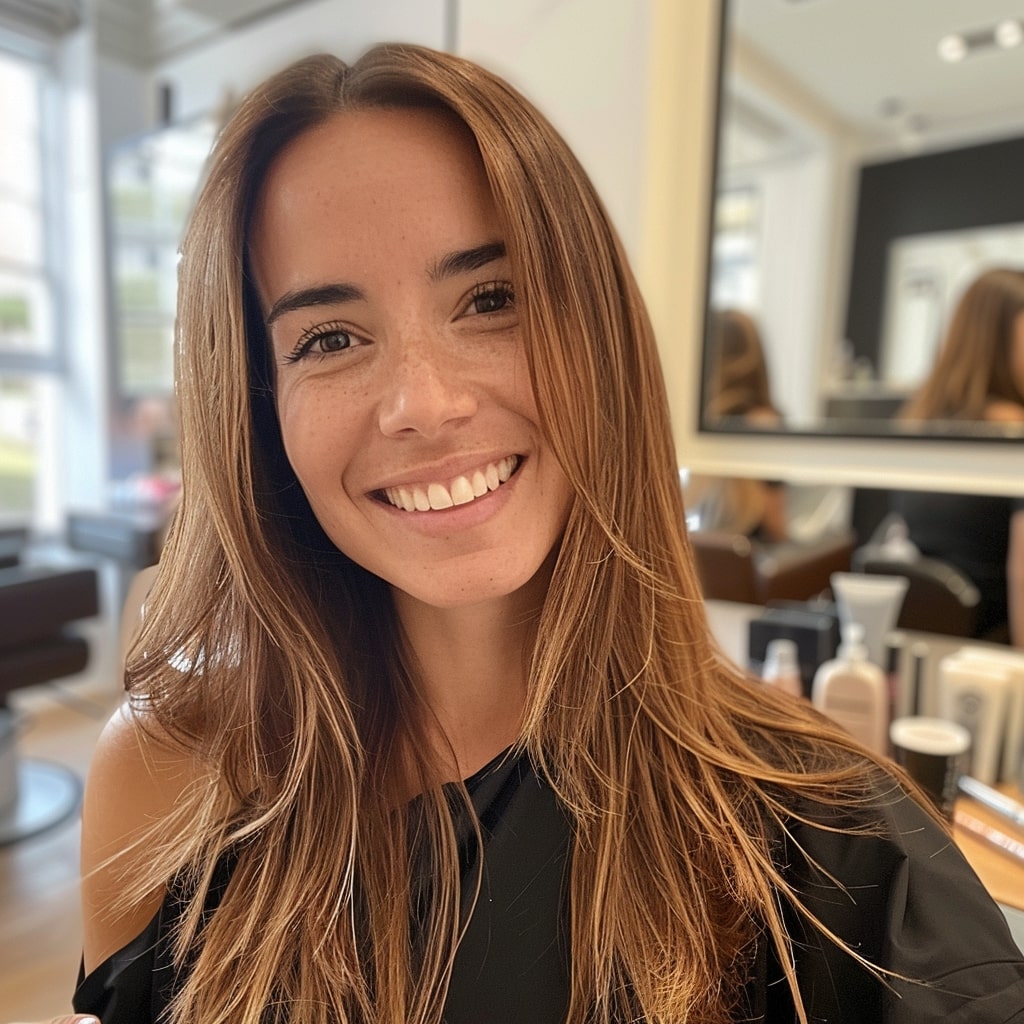Why Are My Hair Extensions Shrinking? Common Causes and Solutions
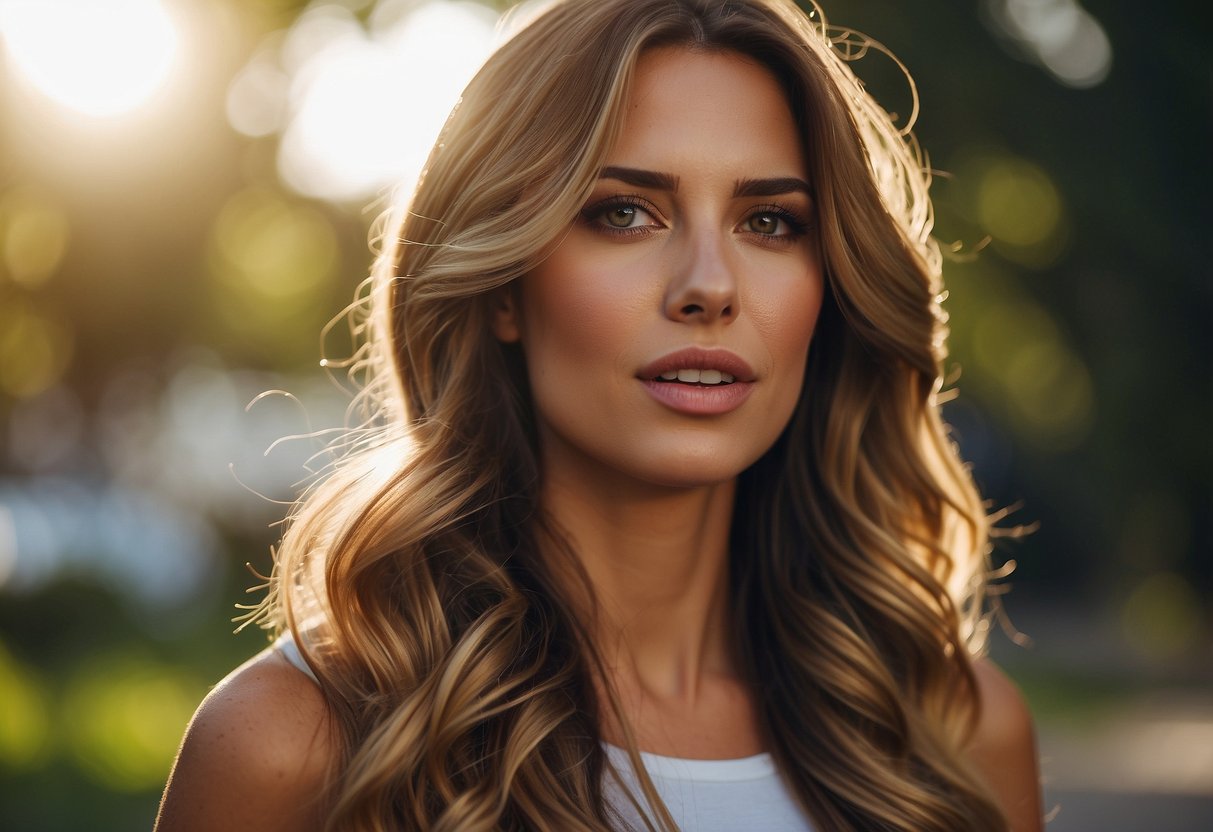
Hair extensions can be a fabulous way to add length and volume to your natural hair. Yet, many people experience their hair extensions appearing shorter over time, which can be frustrating. One key reason your hair extensions might be getting shorter is natural shedding. Each day, it's normal for some hairs to shed, and this is true for extensions as well.
Another factor is natural hair growth and the movement of extensions along with your natural hair. As your natural hair grows, extensions can shift, creating the illusion that they are shorter. This might make it seem like they’re shrinking over time.
Improper care and maintenance also play a significant role. If extensions are not properly cared for, they can become damaged or break, contributing to a loss in length. By understanding these reasons, you can better manage your extensions and maintain their original length for longer.
Key Takeaways
- Natural shedding contributes to hair extensions appearing shorter.
- Extensions can shift with natural hair growth, making them seem shorter.
- Proper care and maintenance are crucial to prevent damage and maintain length.
Understanding Hair Extensions
Hair extensions are a popular way to add length and volume to natural hair. Various types and their lifespan can impact how well they perform and how long they last.
Types of Hair Extensions
Clip-in Extensions: These are temporary and can be clipped in and out as needed. They're ideal for those who want flexibility.
Tape-in Extensions: These use medical-grade adhesive tape to attach the extensions to natural hair. They last around 4-8 weeks and require professional application.
Keratip Extensions: Also known as fusion extensions, these are bonded to the hair using a keratin glue and a heat tool. They can last up to 3-4 months.
Sewn-in Extensions: Also known as weave extensions, these are sewn into braids of natural hair. They generally last about 6-8 weeks.
Hair Extension Lifespan
Clip-ins: Since they are not worn continuously, they can last 6-12 months with proper care.
Tape-ins: Worn daily, they have a lifespan of about 4-8 weeks before needing reapplication.
Keratip/Fusion Extensions: With a lasting power of up to 3-4 months, these extensions are durable but require careful maintenance.
Sewn-ins: These typically last around 6-8 weeks, similar to tape-ins, and also require professional removal and reapplication.
Different types of extensions have unique lifespans and maintenance needs, which play a significant role in how long they remain effective and look natural. Proper care and regular maintenance are essential to extending their durability.
Factors Contributing to Appearing Shorter

Hair extensions can appear shorter over time due to several factors such as natural shedding, breakage, improper care, and traction alopecia. Understanding these causes can help in maintaining the extensions better and ensuring they remain as long and healthy as possible.
Natural Shedding
All hair, including extensions, undergoes a natural shedding process. On average, a person sheds 50 to 100 strands daily. When extensions are attached, these shed strands can accumulate and cause the extensions to feel thinner and shorter.
Hair extensions are not immune to this process. As the extensions shed, the volume decreases, making the hairs seem less long. This is a normal physiological occurrence and happens to everyone.
Breakage and Damage
Breakage is another significant factor. Hair extensions can break due to excessive heat styling, chemical treatments, and aggressive brushing. These actions weaken the hair strands, causing them to snap and break off.
Using low-quality extensions can also contribute to breakage. It is crucial to choose high-quality extensions and take care not to over-style or over-treat them with harsh chemicals. This prevents unnecessary damage and extends the lifespan of the extensions.
Improper Care
Improper care can make hair extensions deteriorate faster. Not using suitable hair products, irregular washing, and lack of good maintenance routines can lead to tangling and matting. Over time, this neglect results in further breakage and shedding.
Proper care includes using sulphate-free shampoos, regular conditioning, and gentle detangling with wide-tooth combs. Avoiding excessive heat and regularly trimming the ends help keep extensions healthy and long-lasting.
Traction Alopecia
Traction alopecia occurs due to tight hairstyles that pull on the hair follicles. Wearing tight braids, buns, or ponytails frequently can cause stress to the hair roots, leading to thinning and breakage at the extension points.
To prevent this, avoid overly tight hairstyles and give the hair some relief from constant tension. Opting for looser styles and occasionally letting the hair rest without extensions can mitigate the risk of traction alopecia.
By addressing these factors, one can help maintain the length and health of hair extensions, ensuring they remain as beautiful and full as possible.
Maintaining Hair Extension Health
Keeping hair extensions looking great involves regular maintenance, gentle handling, and proper washing routines. Neglecting these can lead to extensions appearing shorter, damaged, or worn out.
Regular Maintenance
Regular visits to a hair salon are crucial for maintaining hair extensions. Extensions need to be repositioned every 6-8 weeks to account for natural hair growth. This process, often referred to as getting the extensions "lifted" or retied, ensures they stay close to the scalp, preventing noticeable gaps or sagging.
Skipping these appointments can cause extensions to slip, tangle, or break. Regular salon visits also give stylists a chance to check the health of both the extensions and the natural hair. This practice helps extend the life of the extensions and keeps them looking fresh and natural.
Gentle Hair Care Practices
To maintain the health of hair extensions, gentle hair care is essential. Start by using a silk pillowcase to reduce friction during sleep, which can cause breakage and tangling. It's also important to avoid rough brushing. Use a brush designed for extensions and detangle from the ends upward.
Heating tools should be used sparingly. When necessary, apply a heat protectant spray to minimize damage. Avoid tight hairstyles that can pull and stress both the extensions and the natural hair. Loose braids or ponytails are better options.
Proper Washing and Conditioning
Proper washing and conditioning techniques can greatly impact the longevity of hair extensions. Gentle shampoos without sulphates are ideal since harsh chemicals can weaken the bond of the extensions. Wash hair gently, focusing on the scalp and letting the suds clean the extensions as they rinse out.
Conditioning should be done with care. Apply conditioner from the mid-lengths to the ends, avoiding the roots where the extensions are attached. This prevents the bonds from loosening. Air-drying is preferable, but if blow-drying is necessary, use a low-heat setting.
These practices help keep hair extensions in optimal condition, preventing them from appearing shorter and more worn out over time.
Preventing Damage to Extensions
To keep hair extensions looking their best, it's important to avoid common sources of damage. By taking proper care, you can extend the life of your extensions and maintain their appearance.
Minimizing Heat Styling
Excessive heat can weaken and shorten hair extensions. Limit the use of heated tools like curling irons, flat irons, and hair dryers. When heat is necessary, always use a heat protectant spray to reduce the risk of heat damage. Aim to keep the temperature below 180°C (350°F).
Instead of heat styling, consider air-drying or using styling techniques that don't require heat. For example, braiding wet hair overnight can create natural waves. This method is much gentler on both natural hair and extensions.
Avoiding Harsh Chemicals
Chemical treatments can be particularly damaging to hair extensions. Avoid using products that contain alcohol, sulfates, and certain synthetic fragrances. These ingredients can strip the extensions of their moisture, leading to dryness and breakage.
Instead, opt for shampoos and conditioners that are specifically formulated for extensions. Look for sulfate-free and moisturizing labels. When colouring or chemically treating your hair, consult with a professional who can recommend safe products and techniques for extensions.
Regular Trims and Treatment
Regularly trimming hair extensions can prevent split ends and keep them looking fresh. Schedule trims every 6-8 weeks. This practice helps in maintaining the extensions’ shape and preventing excessive tangling or matting.
Use deep conditioning treatments to keep extensions moisturized and free from damage. Apply a hydrating mask once a week. Ensure the product is suitable for extensions to avoid loosening the attachment points. Regular treatments will keep extensions in good condition, prolonging their lifespan.
Nutrition and Hair Health

Proper nutrition is essential for maintaining healthy and strong hair. Ensuring a well-balanced diet and incorporating specific vitamins and supplements can help keep hair extensions looking their best.
Importance of a Balanced Diet
A balanced diet provides all the necessary nutrients to support hair health. Protein is a vital component because hair is primarily made of keratin, a type of protein. Lean meats, fish, eggs, and beans are excellent sources of protein.
In addition, healthy fats play a role in moisturizing both the scalp and the hair. Omega-3 fatty acids, found in fish, nuts, and seeds, help in this regard. Iron-rich foods, like spinach and red meat, are also important as iron strengthens hair and promotes growth.
To further enrich the diet, whole grains and leafy green vegetables supply essential vitamins and minerals that support hair structure and growth. Zinc and selenium help in protecting the scalp and reducing hair shedding.
Vitamins and Supplements
Certain vitamins and supplements can significantly influence hair health. Biotin, also known as vitamin B7, is crucial for hair growth and overall hair health. It is found naturally in foods like nuts, seeds, and sweet potatoes but is also available as a supplement.
Vitamin A supports the production of sebum, an oily substance that keeps the scalp moisturized. Carrots, sweet potatoes, and dark leafy greens are rich in vitamin A.
Vitamin D is important for follicle health. Sunlight exposure and foods like fatty fish and fortified dairy products can boost vitamin D levels.
Vitamin E helps improve blood circulation to the scalp, ensuring that hair follicles get more nutrients. Nuts, seeds, and green leafy vegetables are good sources of vitamin E.
Supplements like collagen can also be beneficial. Collagen peptides improve the strength and elasticity of hair, potentially reducing breakage and shedding.
Including these nutrients, vitamins, and supplements in the diet can help maintain the length and quality of hair extensions over time.
External Factors Affecting Hair Extensions

Environmental factors and physical stress can both lead to your hair extensions becoming shorter over time. Learning about these causes can help you better care for your extensions and ensure they last longer.
Environmental Damage
Chlorine and Saltwater: Swimming pools and the ocean can be harsh on hair extensions. Chlorine and saltwater can strip the hair of moisture, causing it to become brittle and break.
Sun Exposure: Prolonged exposure to direct sunlight can weaken hair extensions. UV rays can break down the structure of the hair, leading to thinning and shortening.
Pollution: Airborne pollutants can settle on hair extensions, making them dirty and more prone to breakage. Regular washing can help, but over-washing might also lead to damage.
To mitigate this damage, use UV-protectant sprays and rinse hair with fresh water after swimming. Always wear a hat when spending long periods in the sun.
Physical Stress on Hair
Friction: Wearing hair extensions too tightly or brushing them aggressively can cause friction. This can lead to strands breaking off and making the extensions look shorter.
Sleeping: Sleeping with extensions in can cause them to tangle and pull. Use a silk or satin pillowcase to reduce friction while sleeping.
Styling Techniques: The way you style your hair extensions can also affect their longevity. Heat styling tools can cause heat damage, while chemical treatments can weaken the bonds.
Improper Installation: Extensions that are too heavy or incorrectly installed place additional stress on natural hair. This can cause hair to fall out, taking extensions with it.
To reduce physical stress, always brush extensions gently and avoid high-tension styles. Ensure proper installation and removal by a professional to maintain the integrity of both your natural hair and extensions.
Physiological Aspects of Hair Growth
Understanding why hair extensions get shorter involves looking at how hair grows and the internal factors that affect this process. The key points include the cyclical nature of hair growth along with genetic and hormonal influences.
Hair Growth Cycle
Hair grows in a cycle that includes three phases: anagen, catagen, and telogen. Anagen is the active growth phase and can last several years. During this time, hair grows about half an inch per month.
Catagen is the transitional phase, lasting a few weeks where hair growth slows down and the hair follicle shrinks. Finally, telogen is the resting phase, which lasts a few months.
At the end of telogen, hair is shed, and new growth begins as the cycle returns to anagen. This cycle explains the natural shedding process, where losing 50 to 100 hairs daily is normal.
Genetics and Hormonal Changes
Genetics play a crucial role in determining the duration of the anagen phase and the overall growth rate of hair. People with a longer anagen phase experience longer hair growth.
Hormonal changes can significantly impact hair growth. For instance, menopause can alter hormone levels, causing hair to grow more slowly or shed more quickly.
Fluctuations in hormones due to other factors like pregnancy or medical conditions can also affect hair growth. Shedding of hair may increase during these times, affecting both natural hair and extensions.
By understanding these physiological factors, one can better grasp why hair extensions may appear to get shorter over time.
Choosing the Right Extension for Your Hair
Selecting the right hair extensions involves finding high-quality options and deciding on the appropriate length and volume for your hair type and style. These elements help ensure the best possible look and durability.
Selecting High-Quality Extensions
High-quality hair extensions make a significant difference in appearance and longevity. Look for extensions made from 100% human hair, particularly Remy hair, which preserves the natural direction of the cuticle. This reduces tangling and makes the hair look more natural.
Synthetic options can be less expensive, but they may not blend as smoothly with your natural hair. For the best results, choose extensions that match your hair texture and curl pattern. This ensures a more seamless blend and easier styling.
Determining Ideal Length and Volume
Choosing the right length and volume is critical for a natural look. Extensions should be within four inches of your natural hair length to avoid choppy results. For example, if your hair is 16 inches, 18 to 20-inch extensions would be ideal.
Volume needs also vary. Thicker hair may require fewer extensions, while finer hair might need more to achieve the desired fullness. Consider where you want the extensions to fall, whether near the roots for volume or towards the ends for length. Understanding your end goal will guide these choices effectively.
By focusing on these aspects, you can select extensions that not only enhance your appearance but also withstand daily styling and care.
Professional Care and Advice
It’s crucial to seek guidance from experts when dealing with hair extensions. Consulting with a stylist and knowing when to see a dermatologist are key steps.
Consulting with a Stylist
A stylist plays a vital role in maintaining hair extensions. They can recommend specific products and techniques to keep extensions looking their best. Regular visits to a salon ensure that extensions are properly cared for and any damage is promptly addressed.
Professional stylists can advise on proper care routines, which may include:
- Brushing techniques to prevent tugging.
- Shampoo and conditioner recommendations that are suitable for extensions.
- Tips on avoiding excessive heat from styling tools like straighteners and curlers.
Stylists also often offer maintenance services such as reapplication and adjustment of extensions to prevent them from slipping or becoming loose.
When to See a Dermatologist
A dermatologist should be consulted if there are concerns about scalp health. Hair extensions can sometimes lead to issues such as irritation, hair loss, or scalp infections. A dermatologist can diagnose these problems and suggest treatments to alleviate discomfort.
Specific signs that it’s time to see a dermatologist include:
- Persistent itching or redness around the hair extensions.
- Excessive hair shedding beyond normal limits.
- Visible scalp sores or unusual discolouration.
A dermatologist may recommend medicated shampoos or topical treatments to maintain scalp health while wearing extensions. They can also provide advice on preventing future scalp issues related to the use of extensions.
By following professional advice from both stylists and dermatologists, you can keep your hair extensions looking great while also protecting your natural hair and scalp.
Frequently Asked Questions
Maintenance and quality play significant roles in why hair extensions might appear shorter. Proper care can help extend their lifespan and keep them looking healthy.
How can I prevent my hair extensions from drying and becoming frizzy?
Using a leave-in conditioner can keep hair extensions moisturized. Avoid excessive heat styling and always use a heat protection spray. Brushing gently with a special extensions brush is also important.
What are the signs of poor quality hair extensions?
Poor quality hair extensions may tangle easily, appear dull, and have inconsistent thickness. They might also shed excessively or feel rough to the touch.
How frequently should human hair extensions be washed?
Washing human hair extensions every 1-2 weeks is typically recommended. It's important to follow any specific care instructions provided by your stylist or the extension manufacturer.
What care should be taken to maintain the longevity of hair extensions?
Avoid using heavy or oily hair products on extensions. Always detangle them carefully and keep heat away from the bonds. Washing them gently and avoiding harsh chemicals will help them last longer.
Is it necessary to wash hair extensions before initial use?
Washing hair extensions before using them can help remove any residue or chemicals from the manufacturing process. This can also make them more comfortable to wear and style.
Why do hair extensions seem to lose their length over time?
Hair extensions can appear shorter due to natural shedding, breakage, and improper care. Using excessive heat, tight hairstyles, and inadequate maintenance can all contribute to this issue.

 My Store Credit
My Store Credit
 Buy Again
Buy Again
